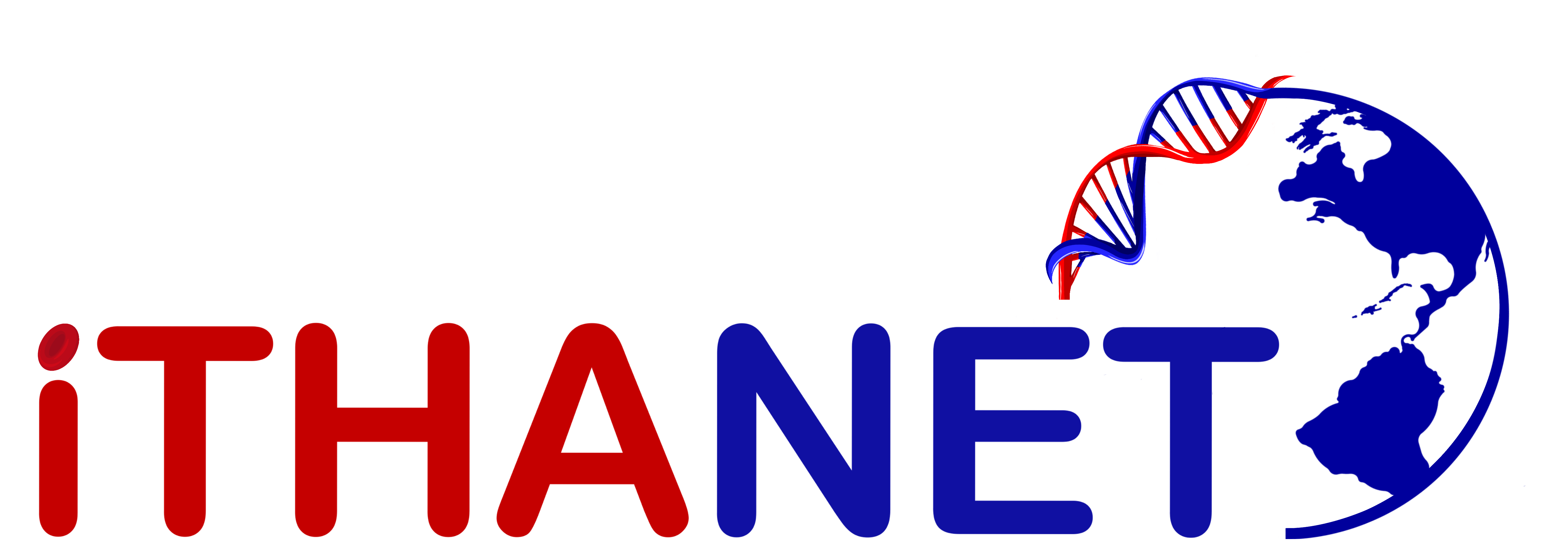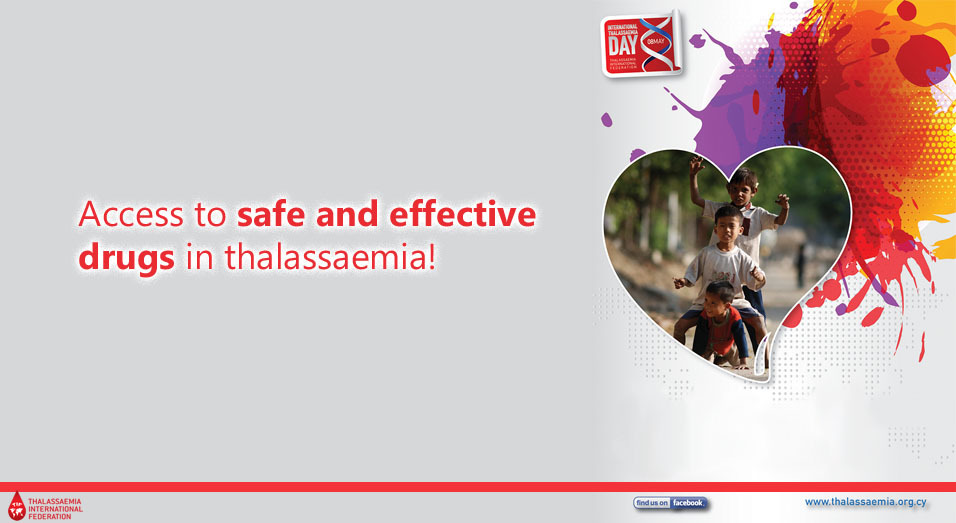
On 13th November 2015, the Commission Expert Group on Rare Diseases adopted Recommendations on Cross-Border Genetic Testing of Rare Diseases in the European Union. The Recommendations are addressed to the Member States and the European Commission and focus specifically on the issues of cross-border testing. There is significant variation between EU Member States in terms of the number of genetic tests available in-country for RD – some countries test for fewer than 20 genes, whilst others test for over 2000. Even with the increasing use of Next Generation Sequencing, there will remain a need for countries to conduct some genetic tests for RD on a cross-border basis. Building upon previous expert discussions and workshops, research was conducted under the EUCERD Joint Action by partner Helena Kääriäinen, which explored the volume of cross-border genetic testing for RD and highlighted some of the key challenges involved in the process. Following an expert workshop in December 2014, draft Recommendations were elaborated, with the aim of generating meaningful impact in this area.
They emphasise the need to:
- facilitate access to cross-border genetic testing, where appropriate
- collaborate across borders to assess the added-value of genetic testing
- share expertise and collaborate at the European level
- ensure reliable information on laboratories providing genetic testing for RD
More information: the Commission's report [PDF], Orphanews




